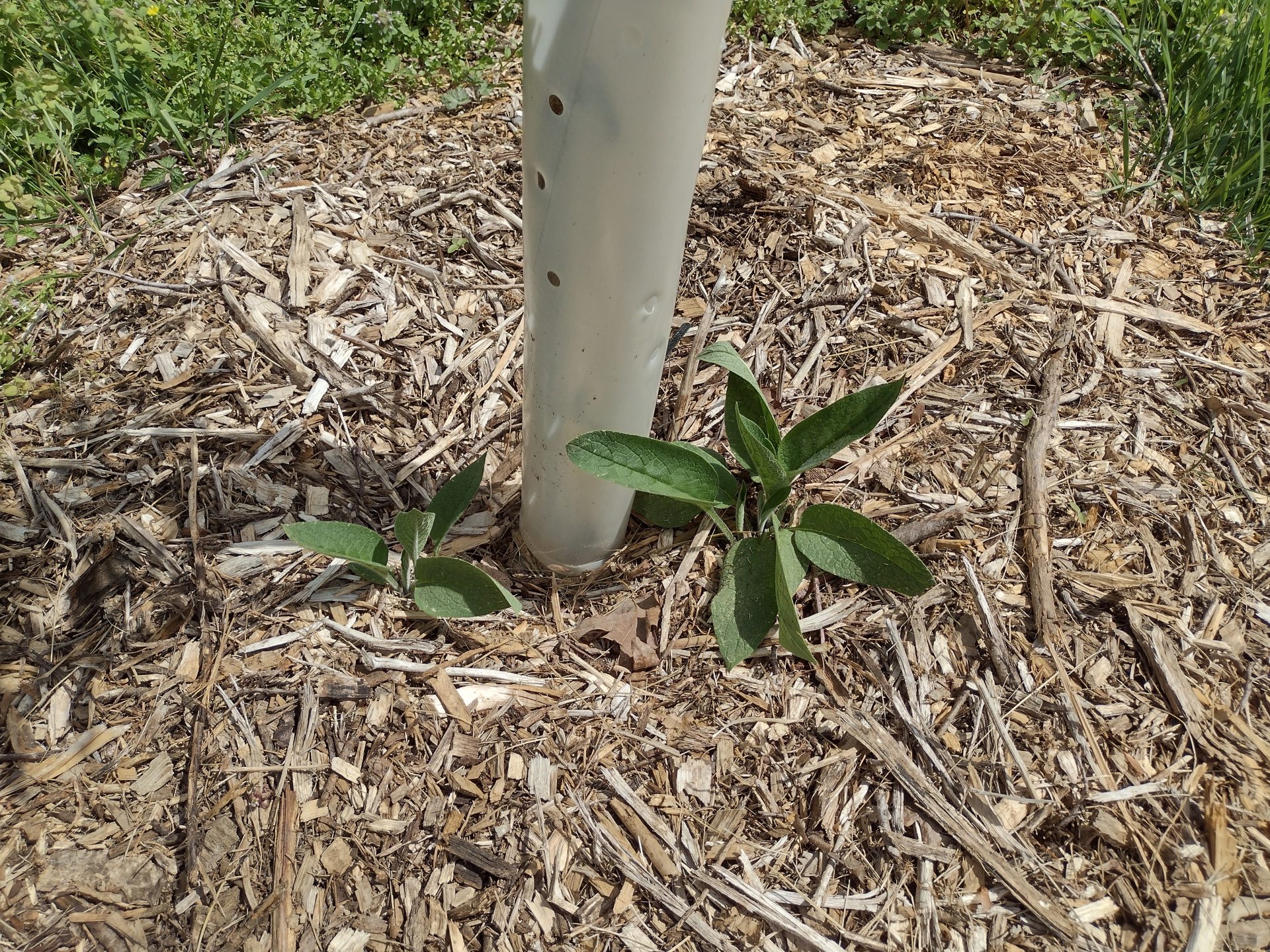
Engineers who develop new products often use a term called “fail fast”. The idea behind failing fast is that you develop a plan, build a prototype, and then test the prototype. Instead of trying to build the perfect product you build a prototype with the knowledge that you have available now. This approach especially works when the cost of building a prototype is fairly low and the cost of waiting to build a prototype is fairly high. Farming is a situation where the cost of a small scale test is fairly low but the cost of waiting is high (because of seasons and when you can plant different crops, trees and bushes).
One of the examples of our “fail fast” mentality on the farm is our approach to planting trees. Depending on the species, it can take 3-10 years to get a harvest from a tree that you plant. It only takes a few minutes to remove a tree if it is the wrong tree in the wrong place, but it takes years for it to grow. The cost of planting a tree is usually fairly low in labor, materials and the cost of the tree itself.
We have some very different situations on the farm when it comes to
- soil
- water
- sun
- wind
- size of the area which determines the cost and effort of installing an anti-deer fence
The same trees, bushes and plants will thrive in one area but struggle in another. There is a value in learning your land. Things like how wet the soil consistently stays or how microclimates impact different plants.
4 Main Areas on the Farm
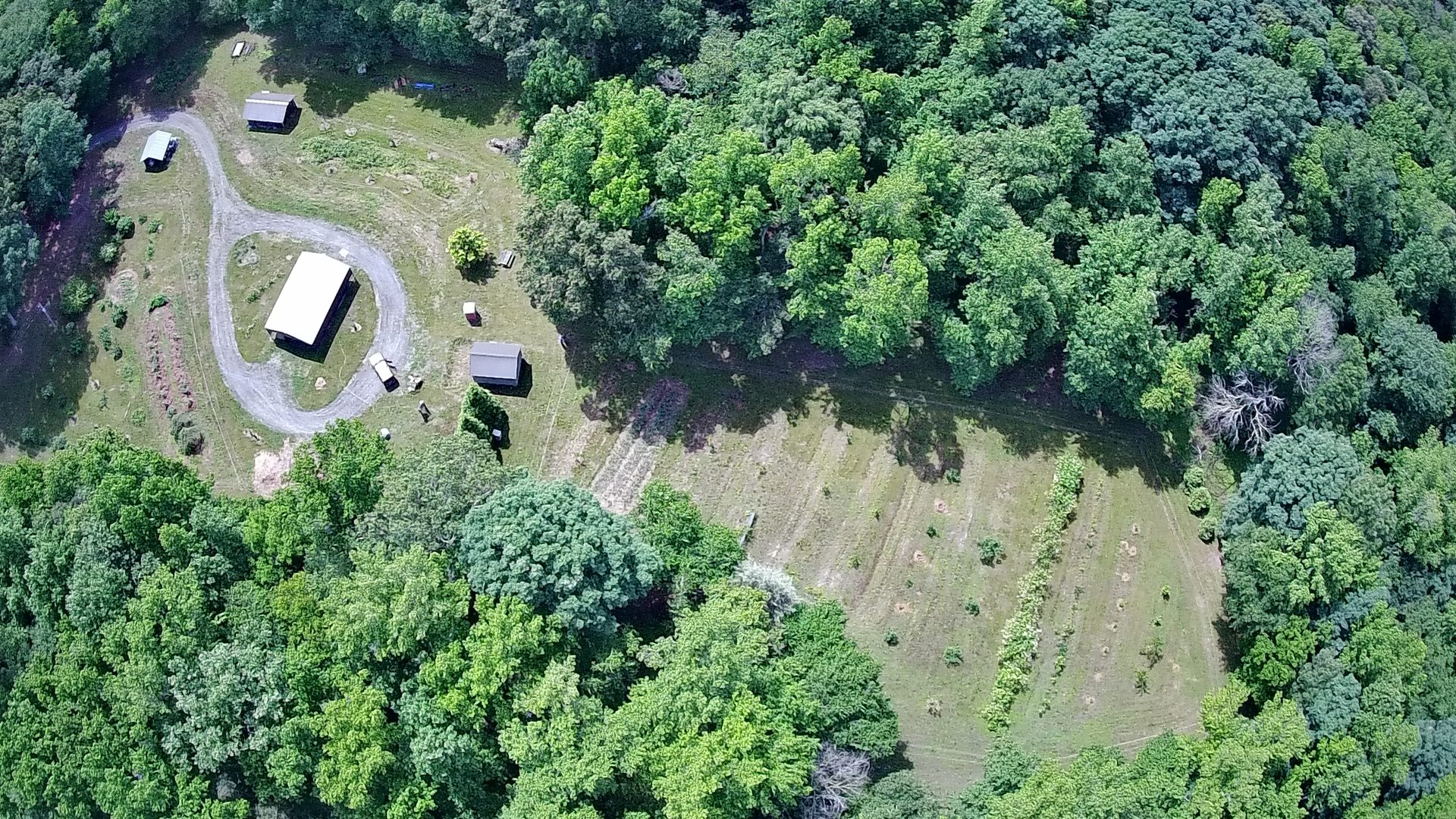

We break down the 4 areas on the farm into
- food forest
- cushaw patch
- field number #2
- back field
The conditions in these fields are very different when it comes to soils, health of the soil, sun, water retention, etc. The back field has been the most challenging area for several reasons.
- the soil is depleted from decades of growing and cutting hay from the field (approximately 50 years) without much effort to improve the soil
- the low amount of organic matter (which determines how well the soil retains moisture) in the soil means that the conditions swing wildly back and forth between dry and standing water
- full sun and it can be windy
- lack of a thick layer of top soil means roots have to work hard to penetrate the hard soil
This means that some species of trees and bushes will thrive in the harsh conditions and some really struggle. Usually the conditions that different plants need is well known and best heeded when selecting and preparing sites.
The Approach
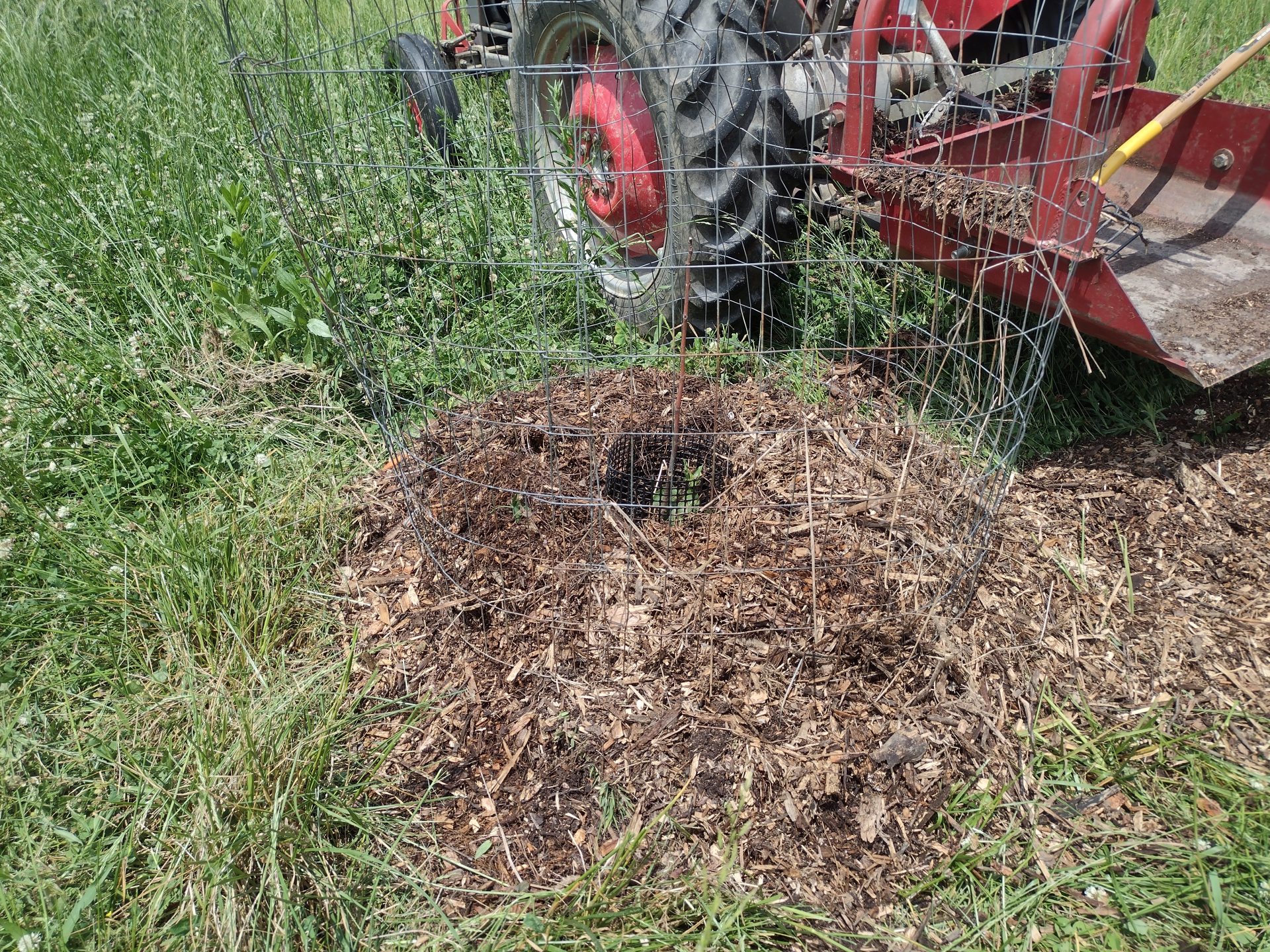
Generally we plant comfrey with any new tree plantings. We keep going back and forth on whether or not we want to put an anti deer fence around the entire back field or just part of it. The advantage of fencing in the entire back field is that we can plant companion plants (like comfrey). The downside is that we have to install the fence (time, money and effort) and maintain it (which is the much higher cost over time). Mowing around the fence and weed eating around fence post takes a surprising amount of time and effort.
While we were deciding about the fence, we put anti-deer tree cages around bushes bushes and trees that we planted in the back field. This accomplished several things
- allowed us to provceed with test plantings of several different types of trees and bushes (native and non-native)
- allowed us to plant comfrey around those trees and bushes (deer like usually like comfrey)
Considerations
We are working to establish a small grove of black walnut trees in the back field. Black walnut trees are native to NC and release chemcials at their roots that inhibit other plants from growing around them. We don’t know if comfrey will thrive at the base of a black walut tree. Once a black walnut tree gets beyond the seedling size, deer usually don’t browse on them. As the tree gets to sapling size deer may rub their antlers against the tree which can damage or even kill the tree. Older trees have tougher bark and less susceptible to damage by deer
We need to keep grass from growing in close proximity to the young trees (especially seedlings). Curretly we use wood chips around the base of the tree. If I have my act together that day. I put down cardboard first then wood chips. The cardboard is a biodegradeable weed barrier. The wood chips also help maintain a more consistent moisture level at the tree roots and eventually compost and add to the organic matter and nutrient levels in the soild.
Time to Pivot
We probably do not need an anti-deer fence around area with the walnut trees, especially if we can protect the tree from the weedeater and deer antlers (later as the tree reaches sapling size). Converting from tree cages to tree tubes shown below would make it much easier to trim around the trees.
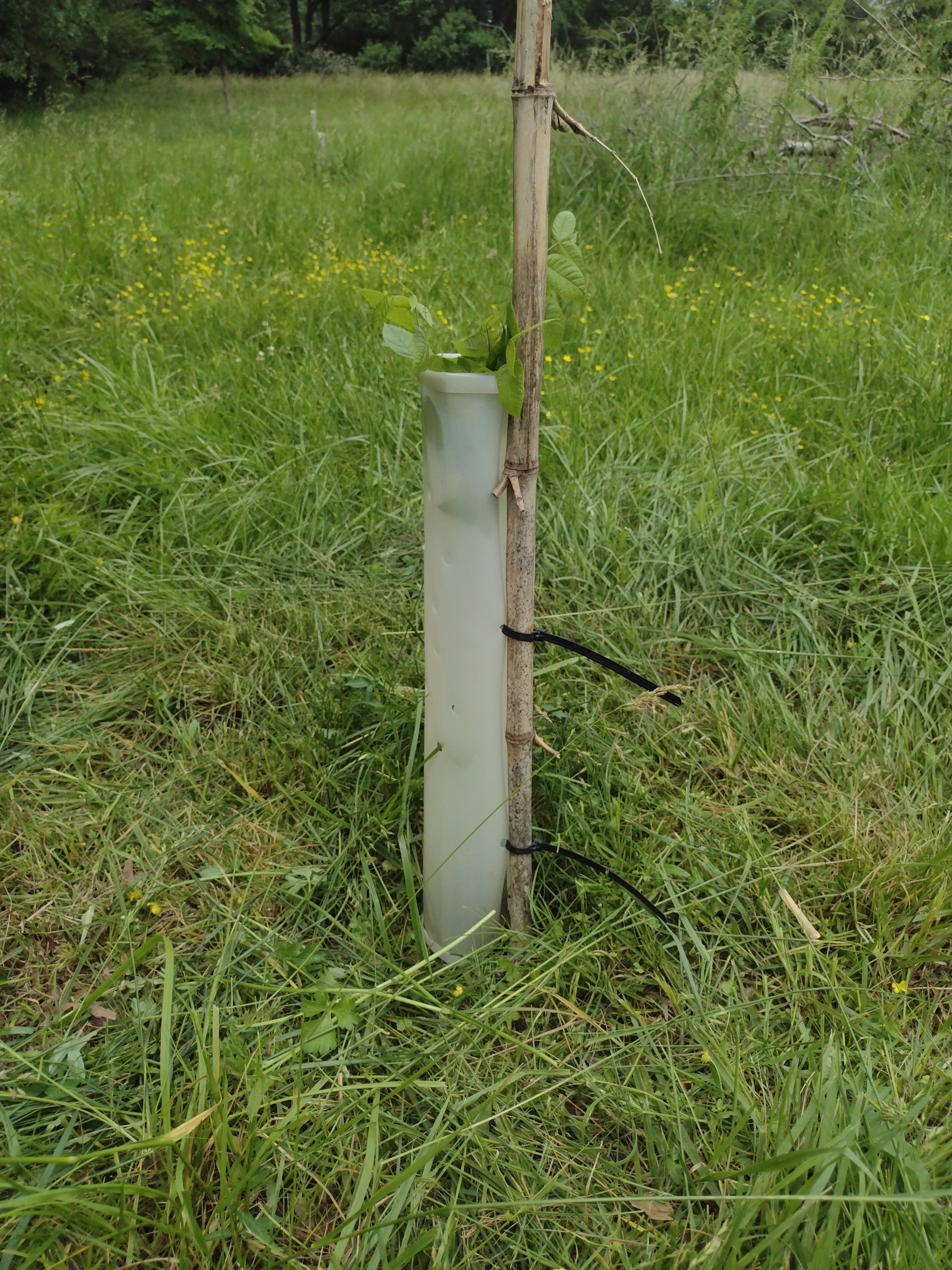
So I’ve started converting the tree caged black walnut plantings to using a tree tubes. This will make it easier to mow around them and maintain them. We also plan to add wood chips around the trees as mulch with cardboard under the wood chips as a biodegradeable weed barrier. I’ve seen vidoes from other farms that have taken a similar approach. Since these are native trees, they should do well. Now time will tell.
Lessons from the Farm
Even on a small farm like ours the variety of situations, plants, and labor requirements prevents us from using a one size fits all approach. Our approach to finding solutions follows this path
- develop preconceptions – example: how we think a plant might to in an area if planted in a certain way
- build a prototype – plant a bush or tree in test location with a specific method – example: plant a tree and put it in an anti-deer cage or in a tree tube with wood chips around it
- test the preconceptions by observing how the planting performs over a season
- evaluate the results
I’ve said many times that “I can’t impose my will on the farm”. Following a design thinking approach where we dream, prototype, test, pivot helps us innovate and have happy, healthy plants that produce lots of fruits, berries and nuts.


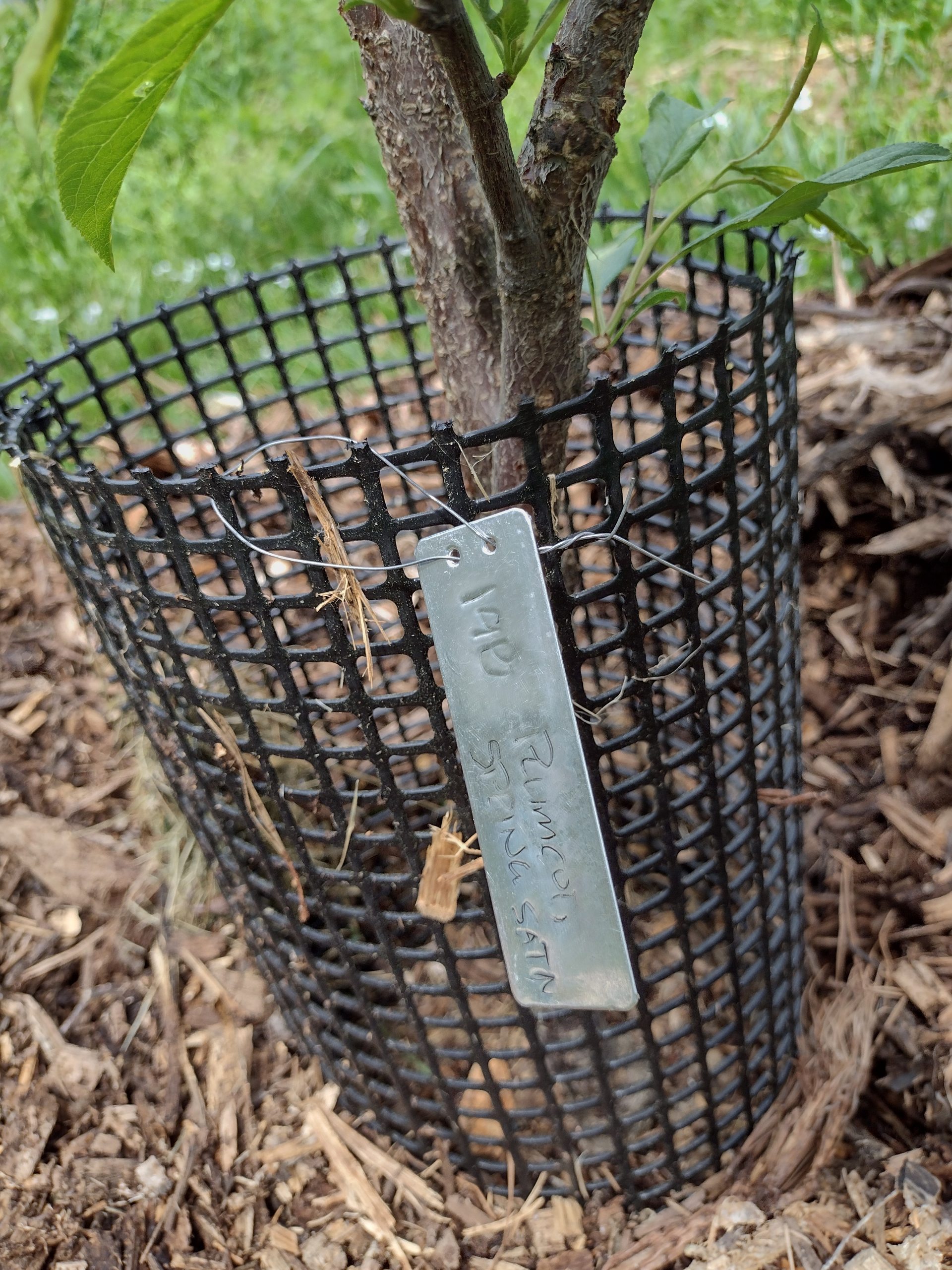

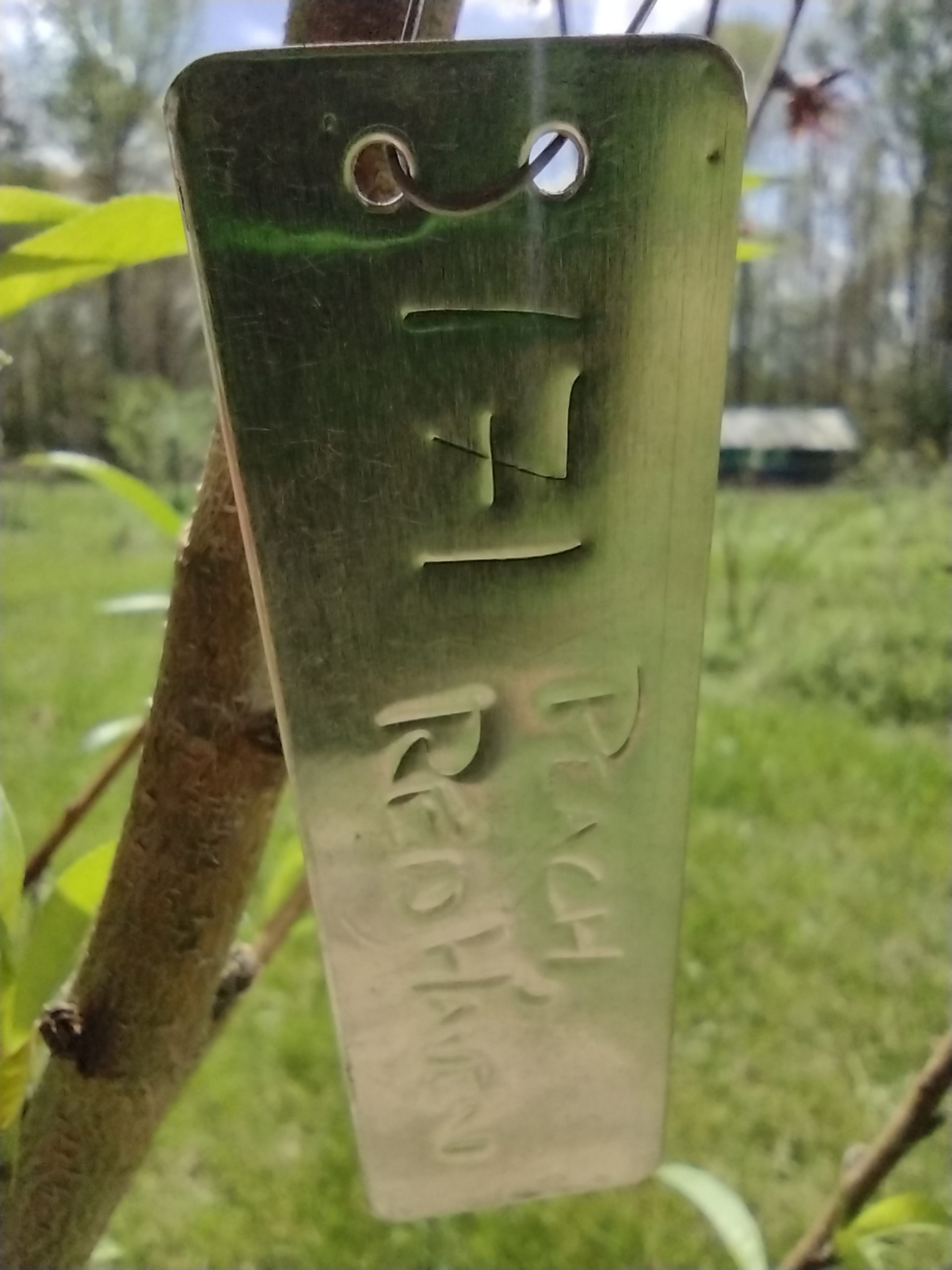
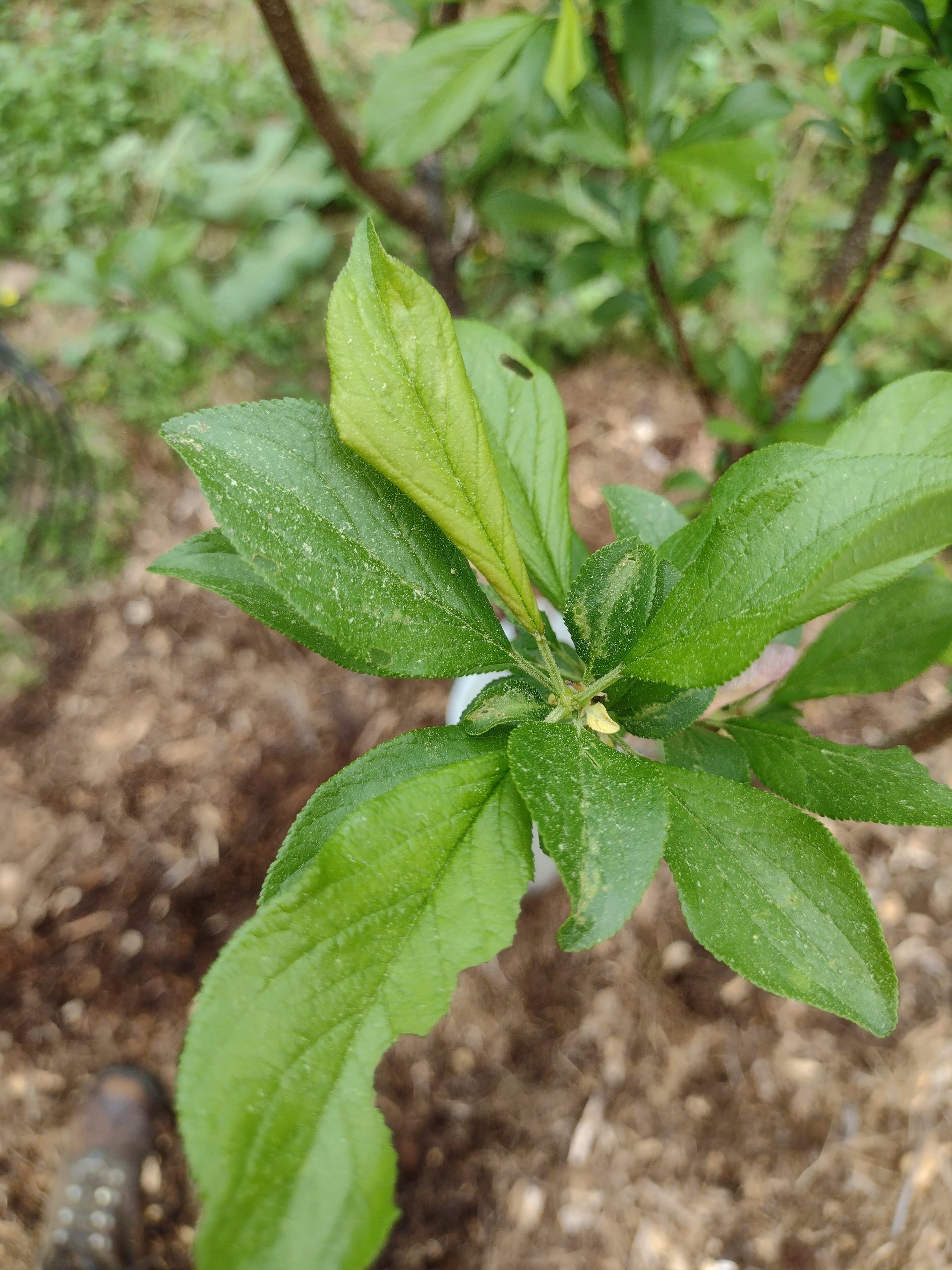

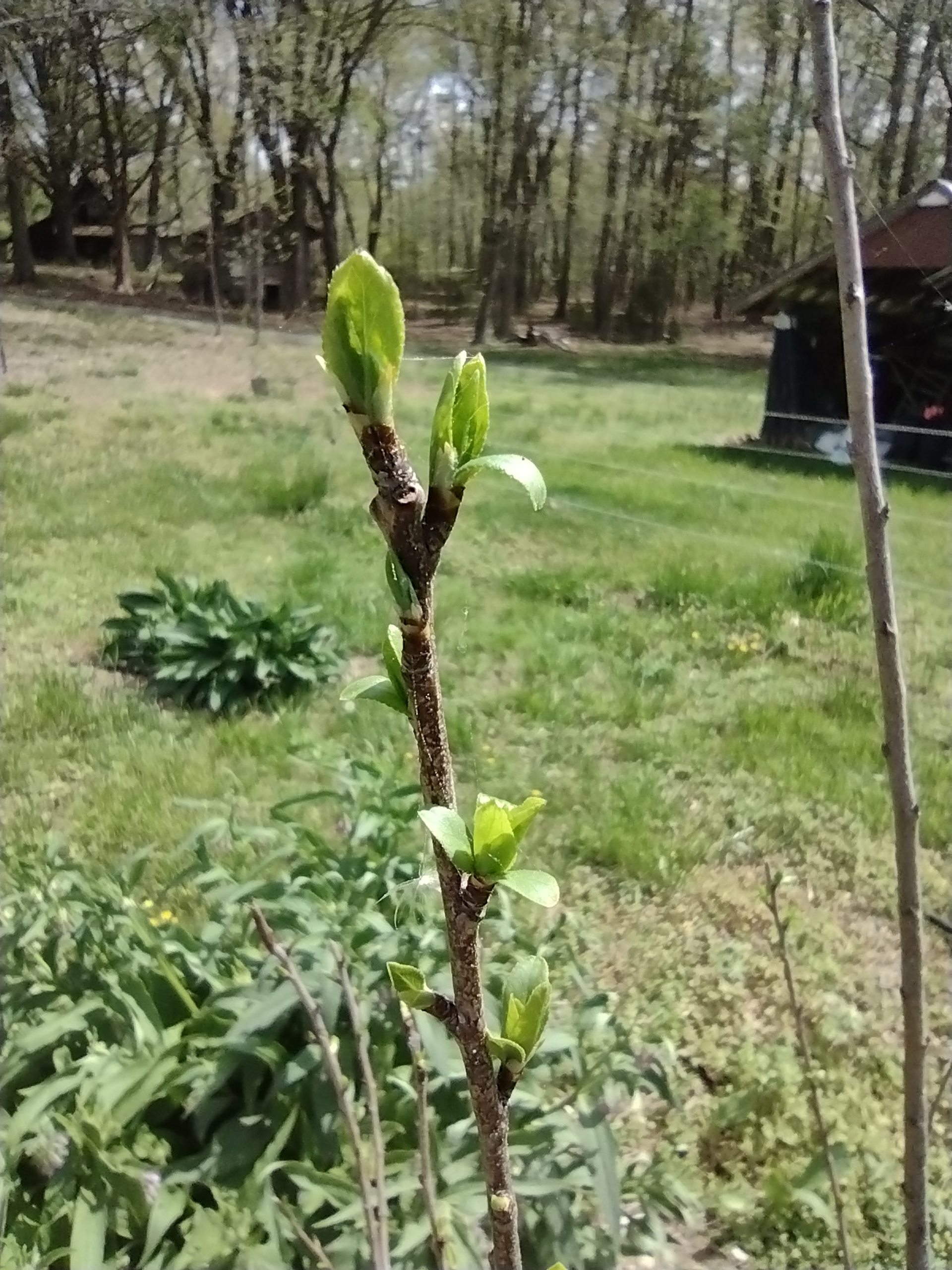
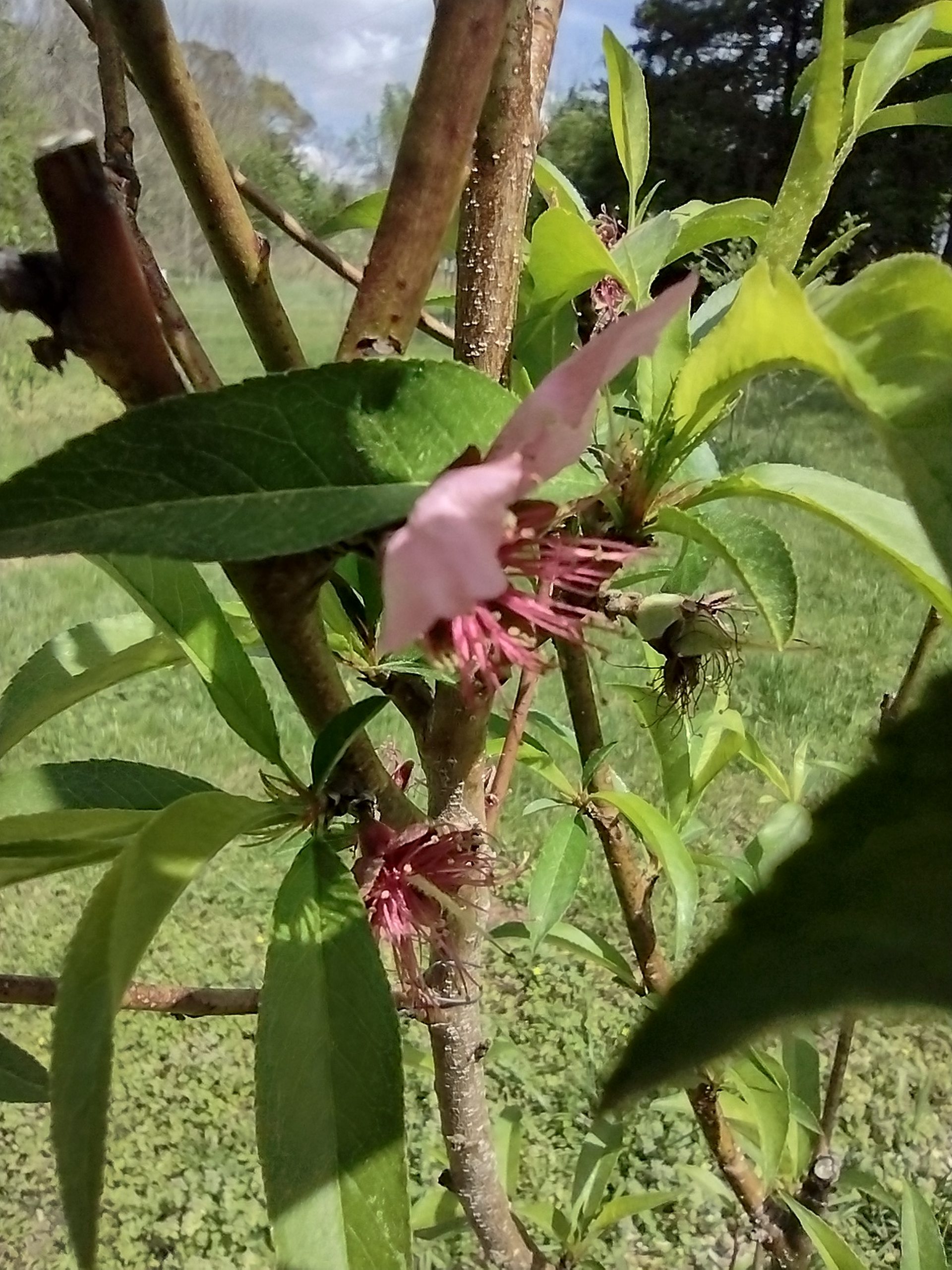
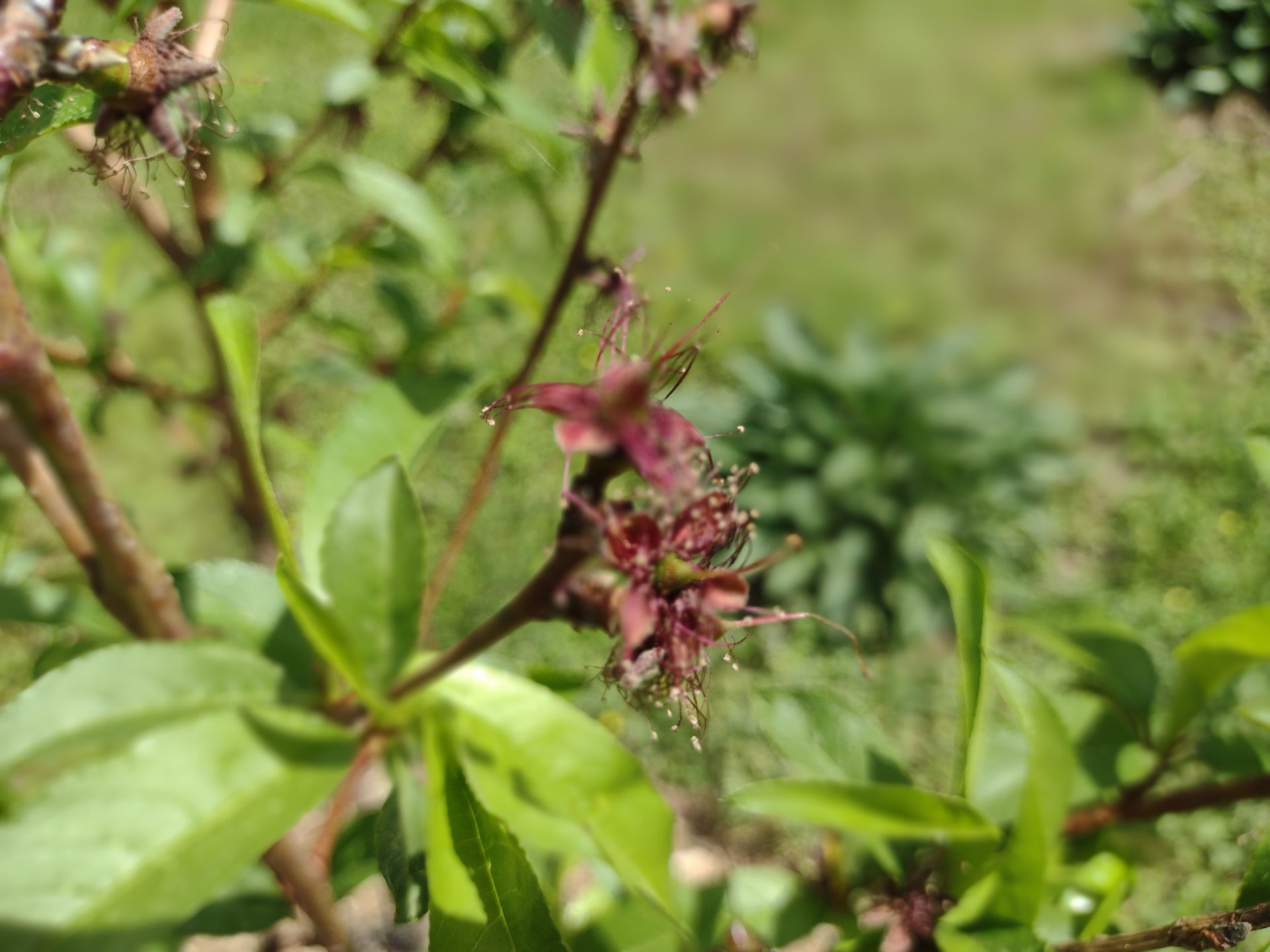
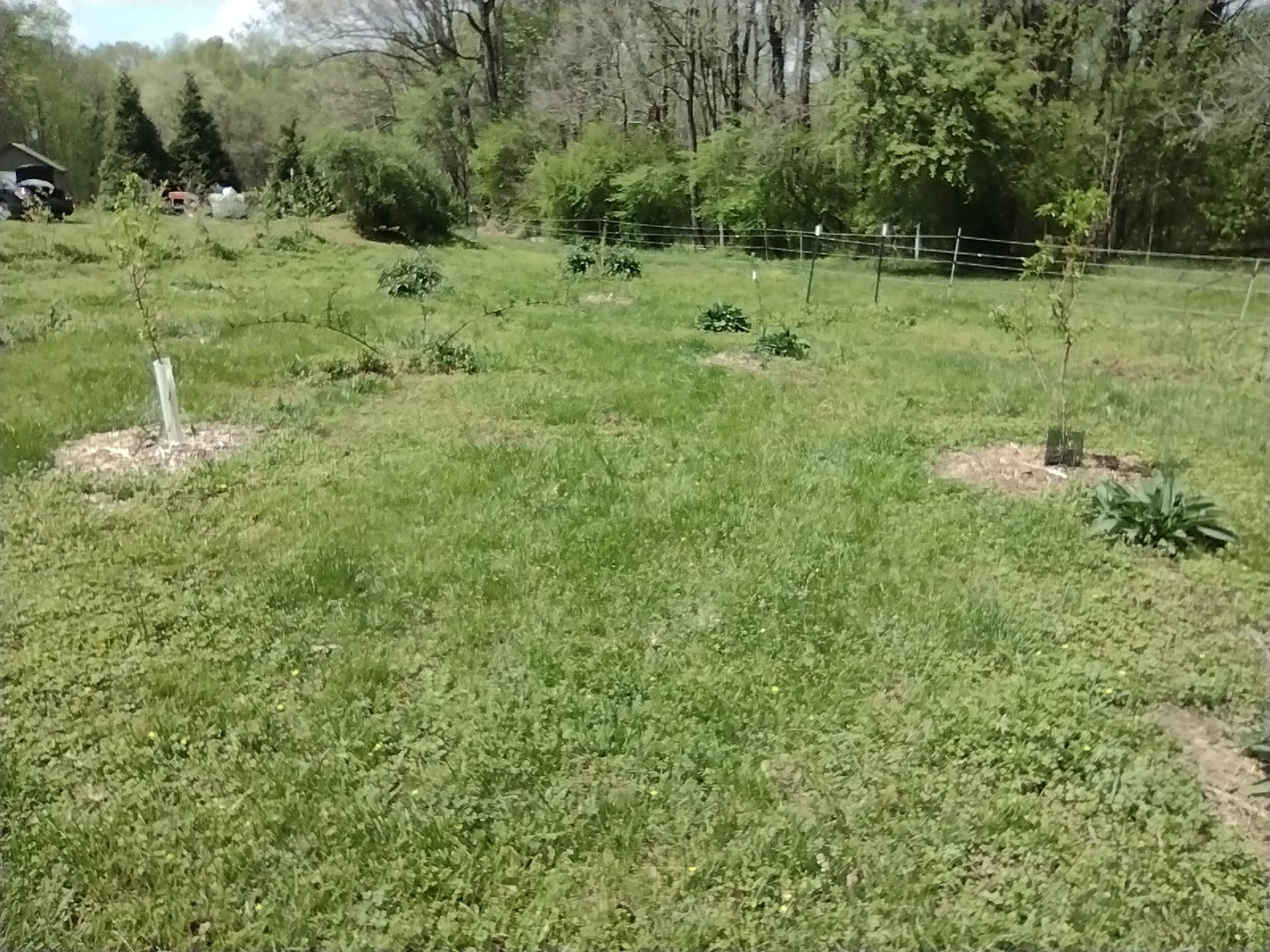
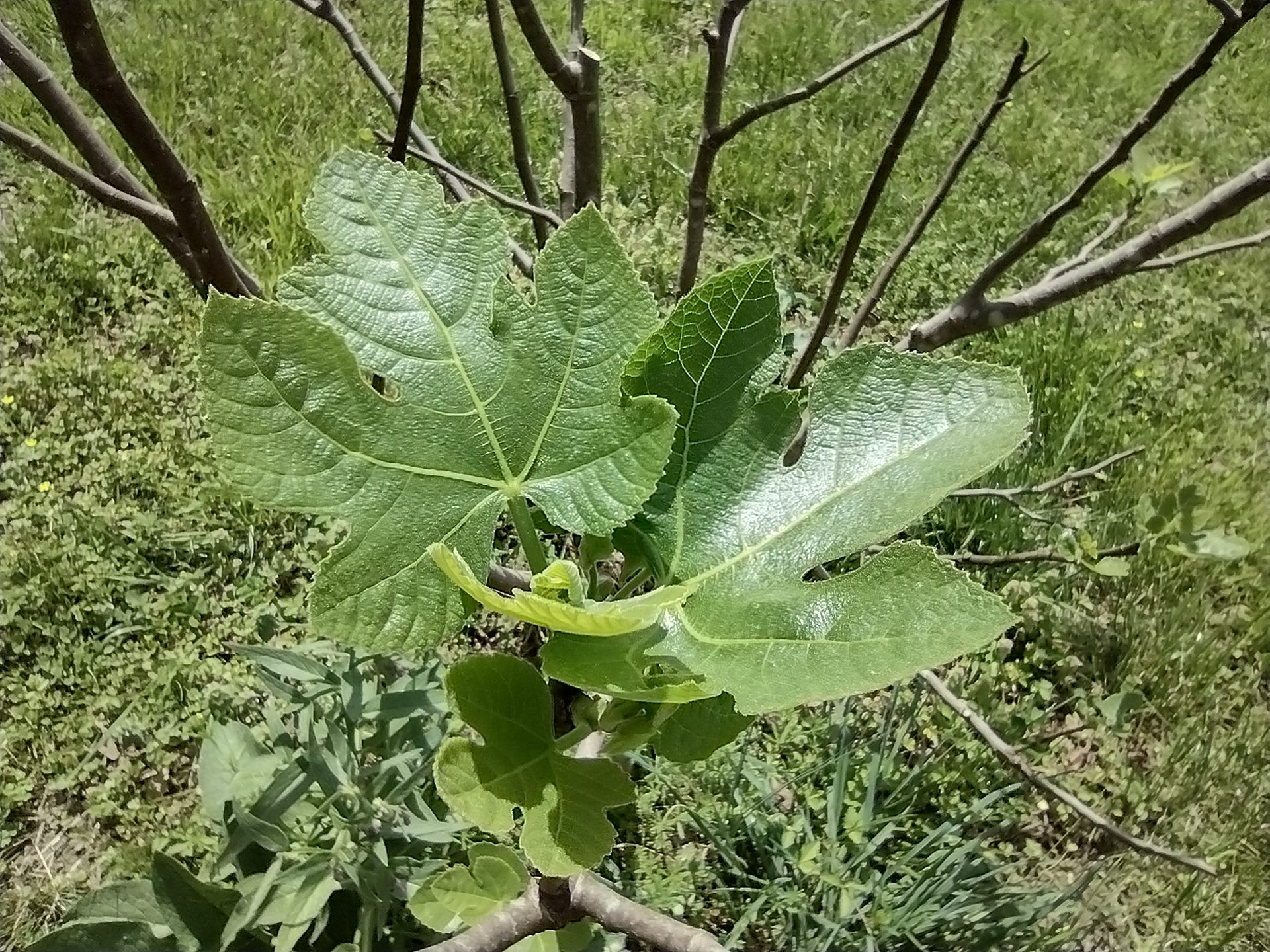
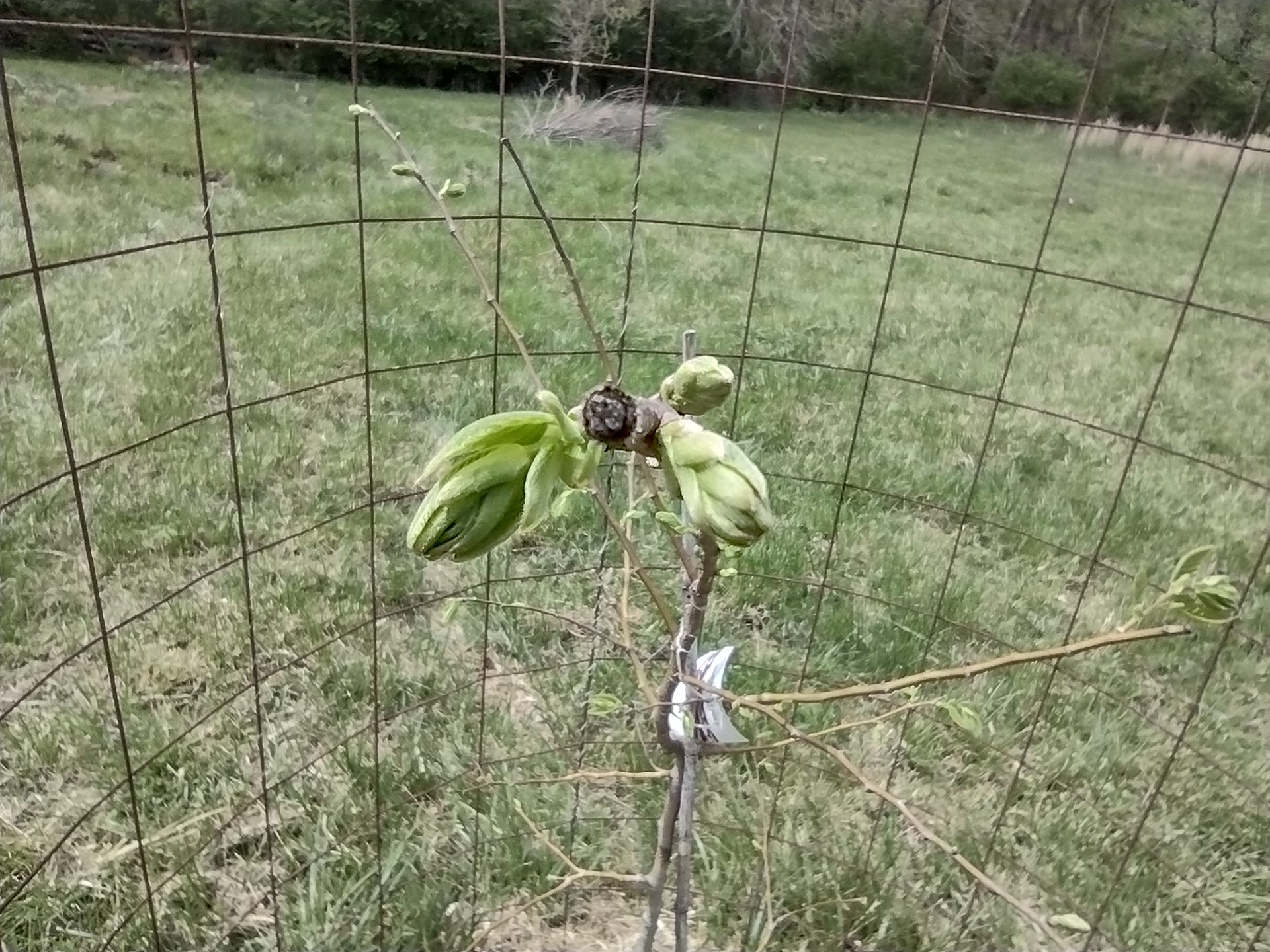
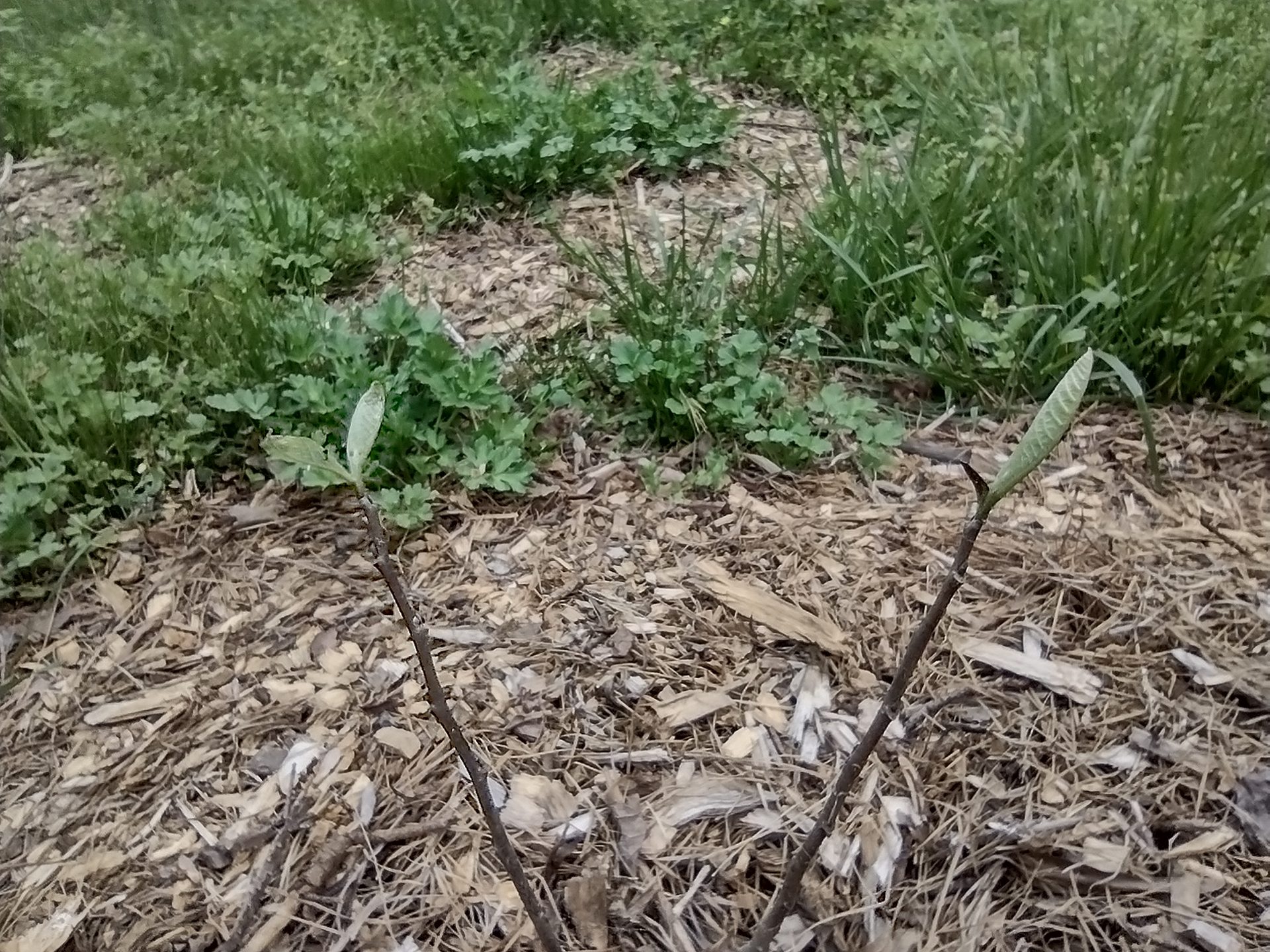
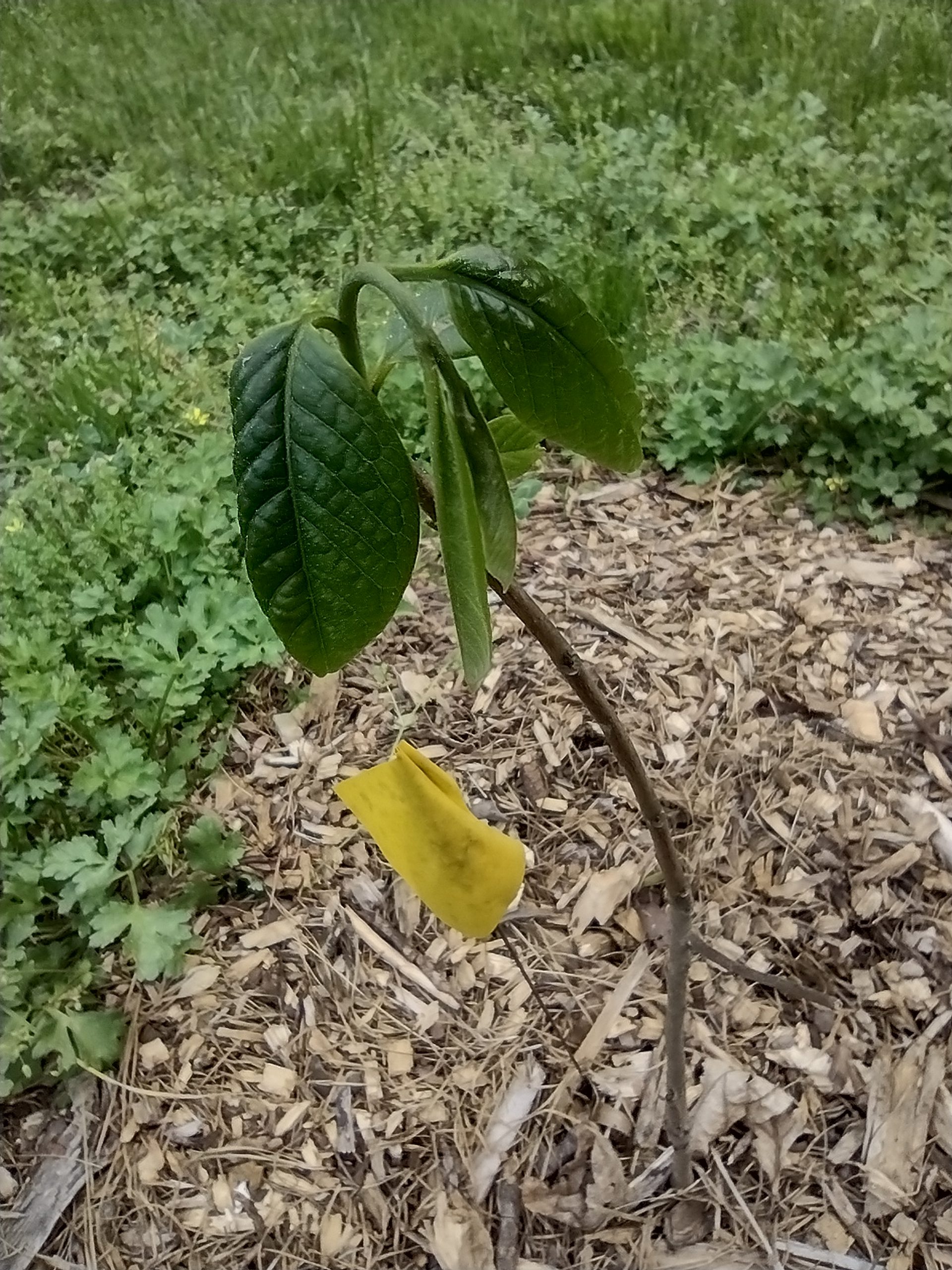
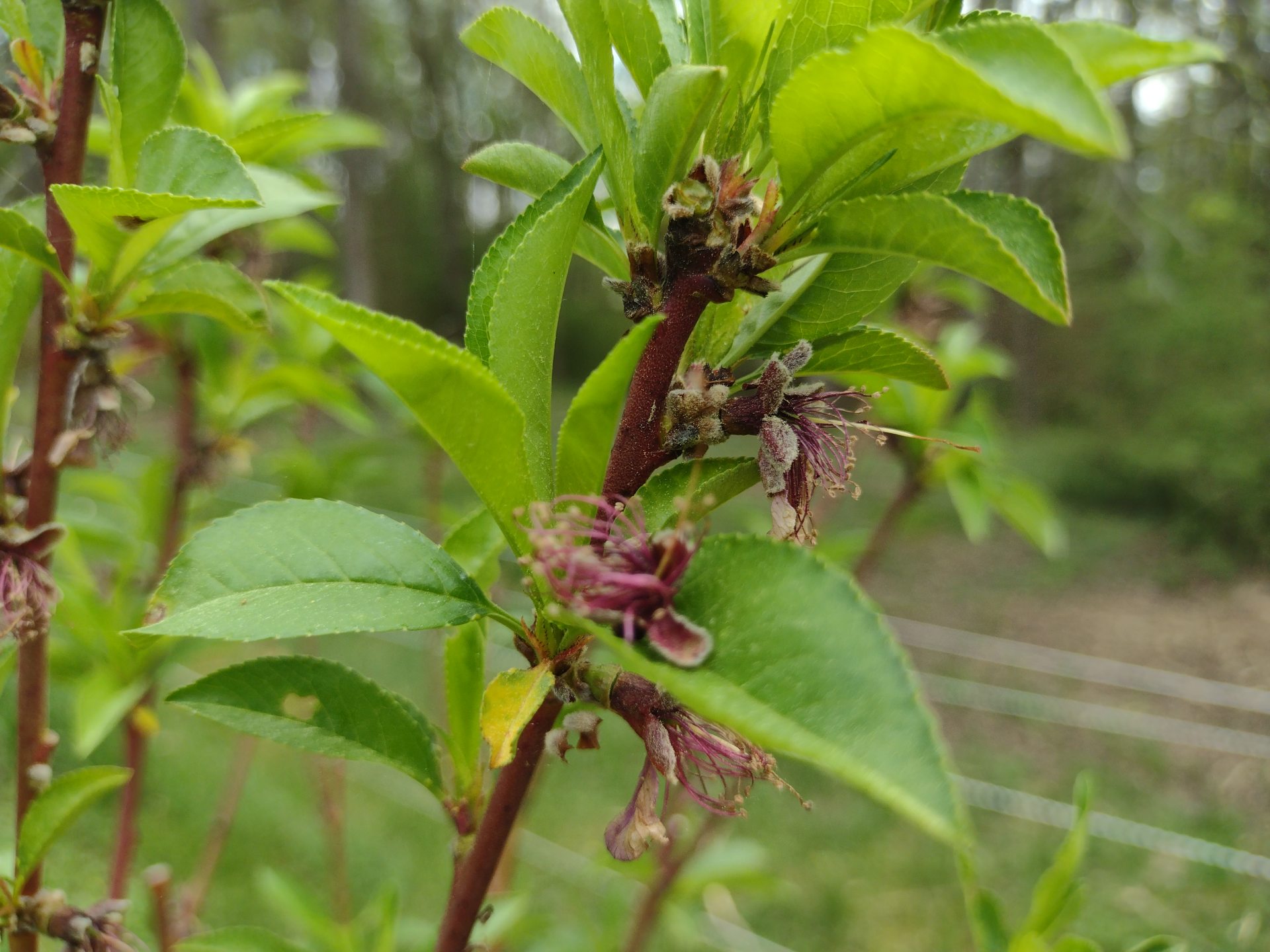
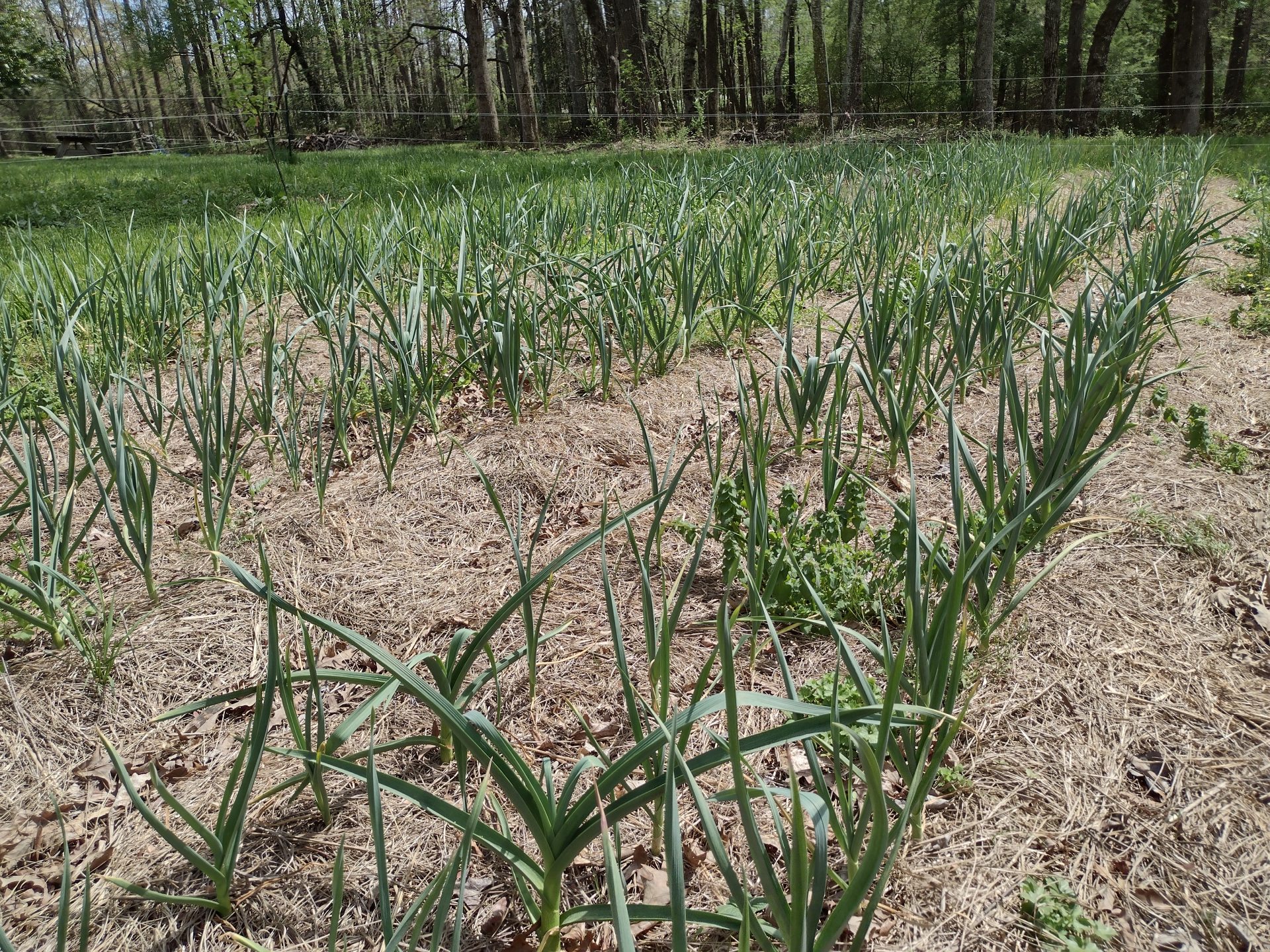
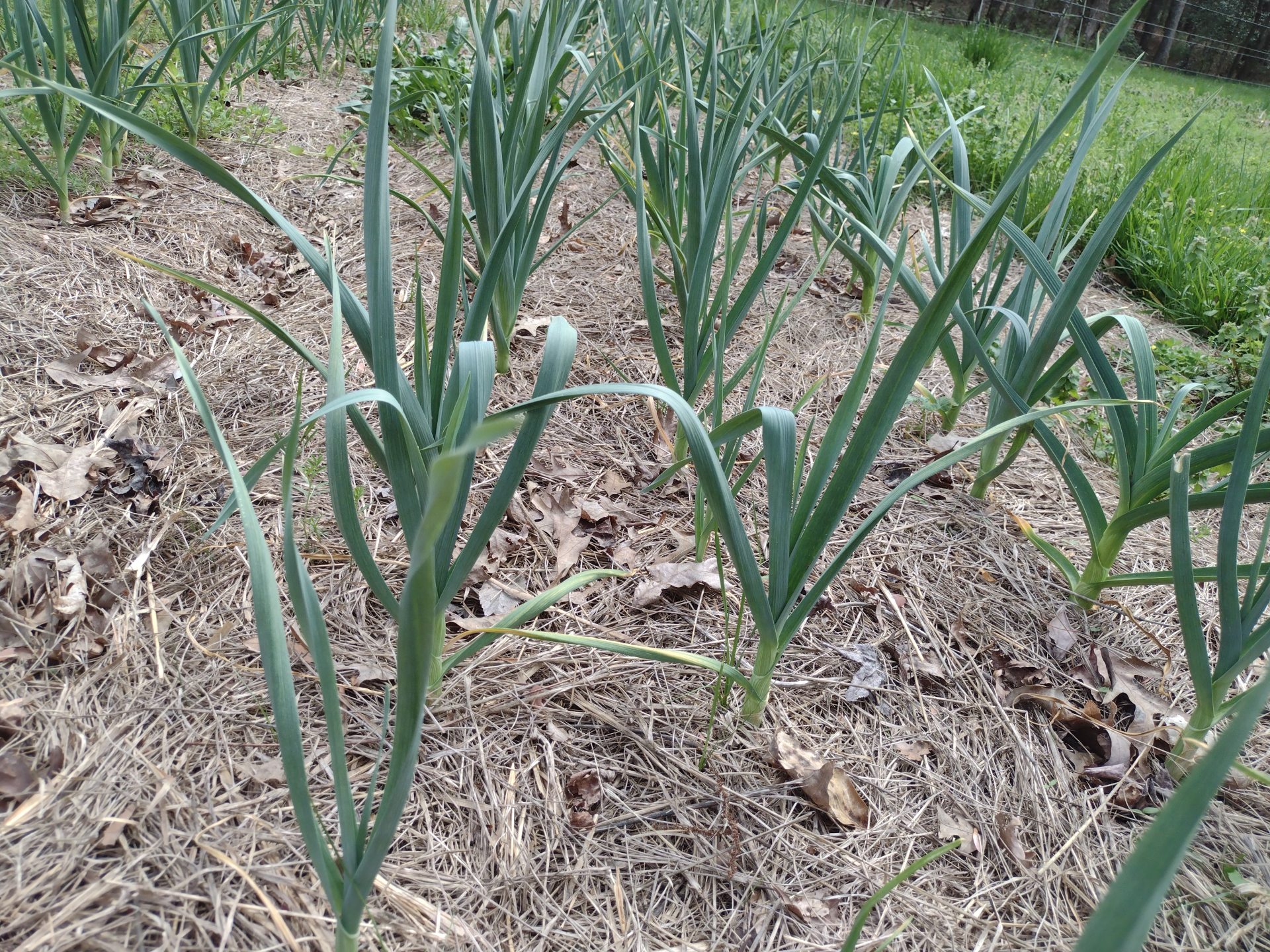
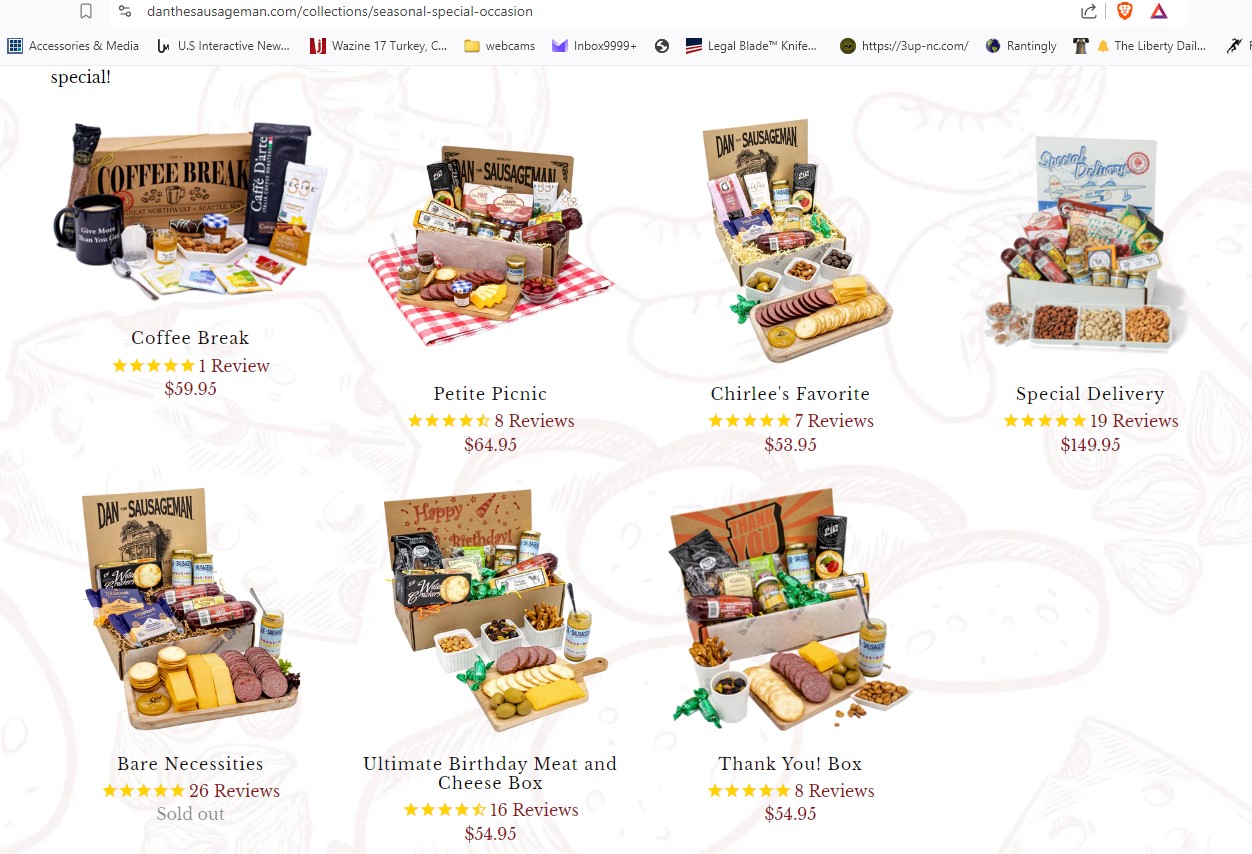
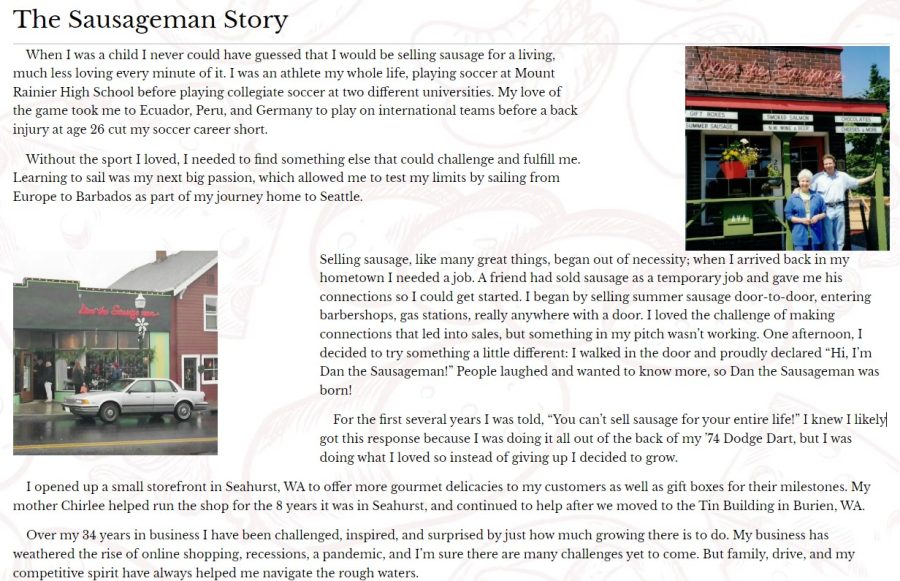
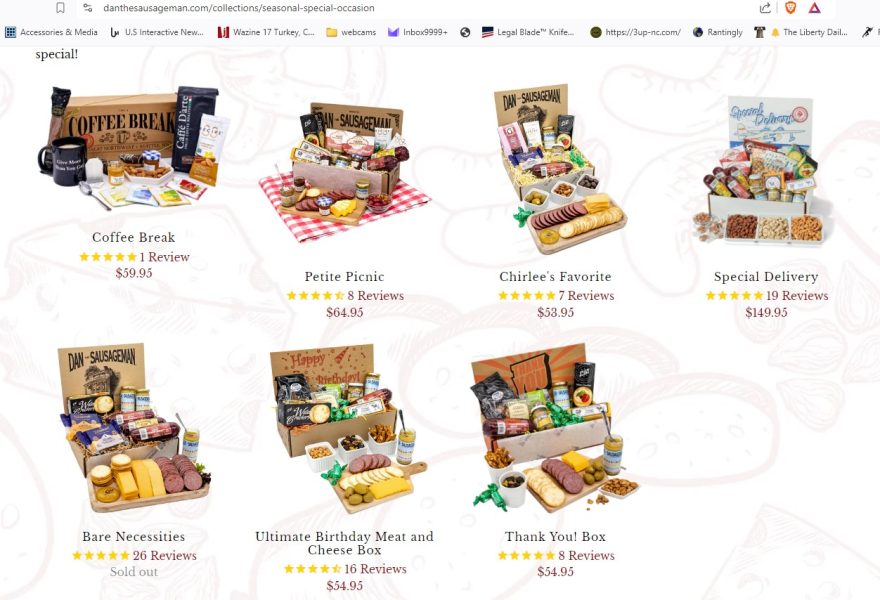
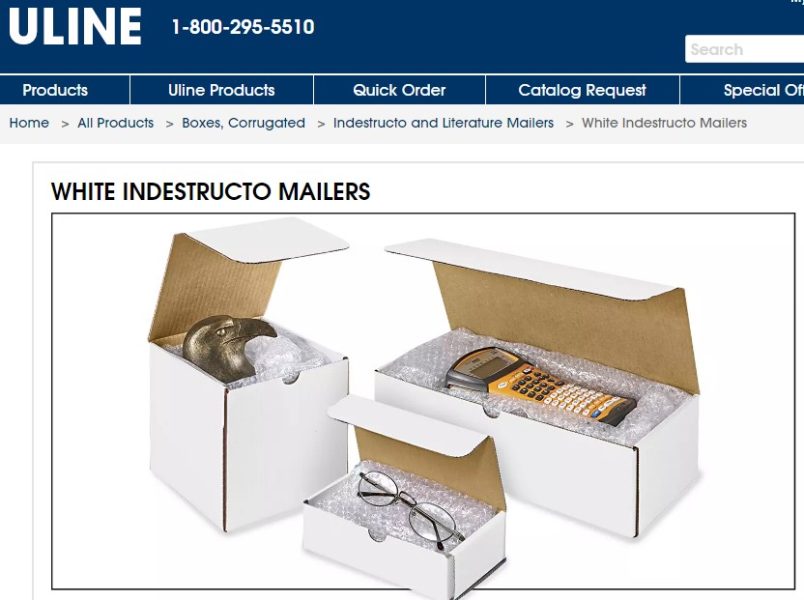
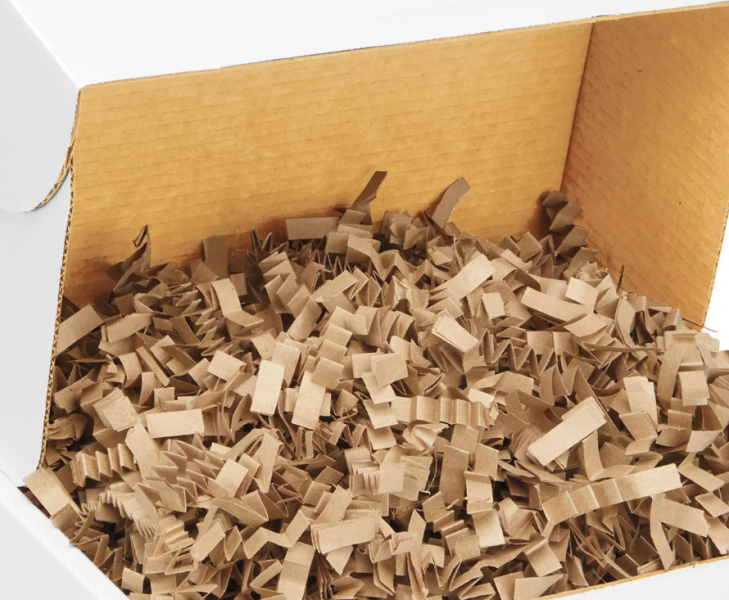
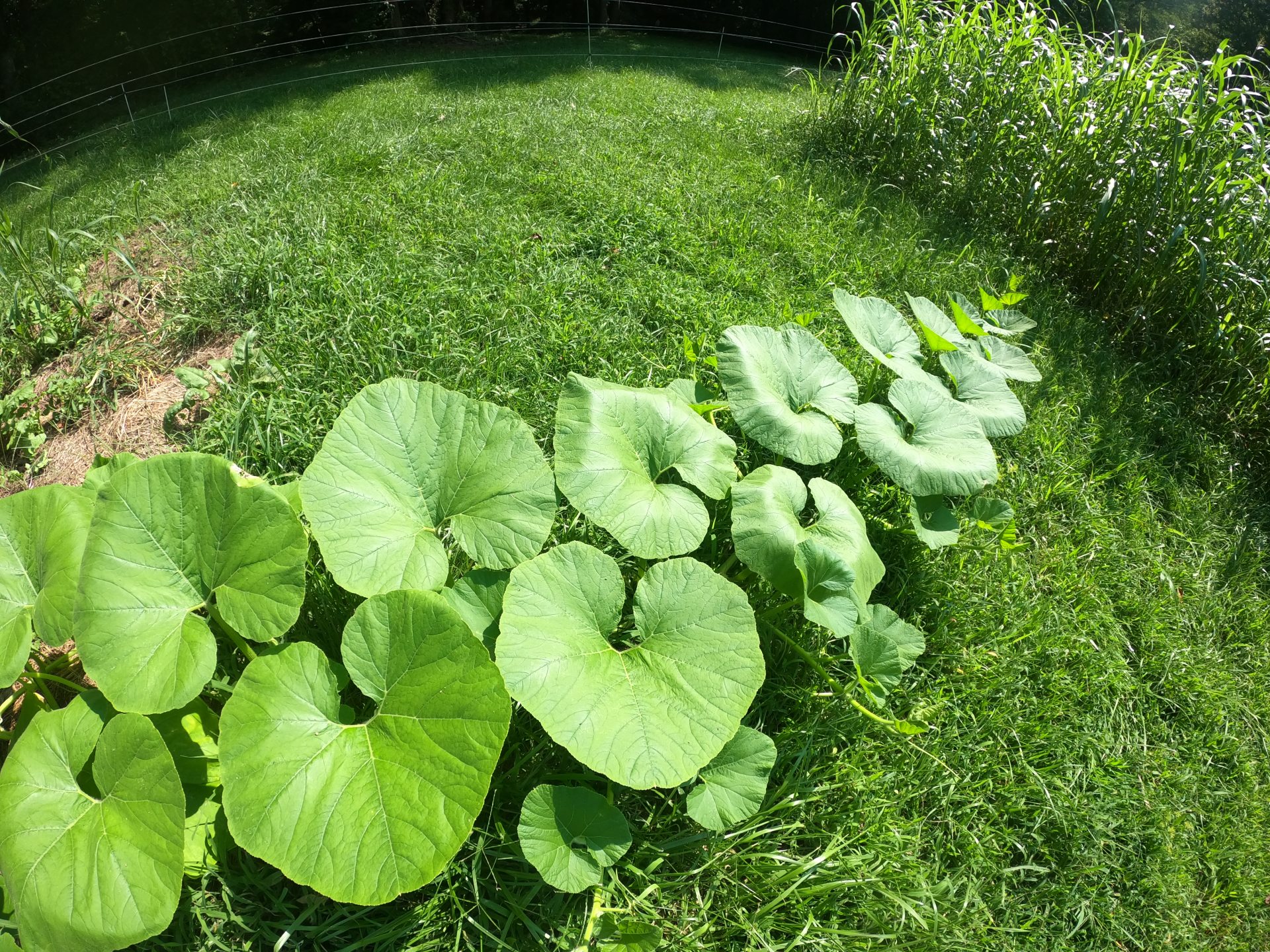
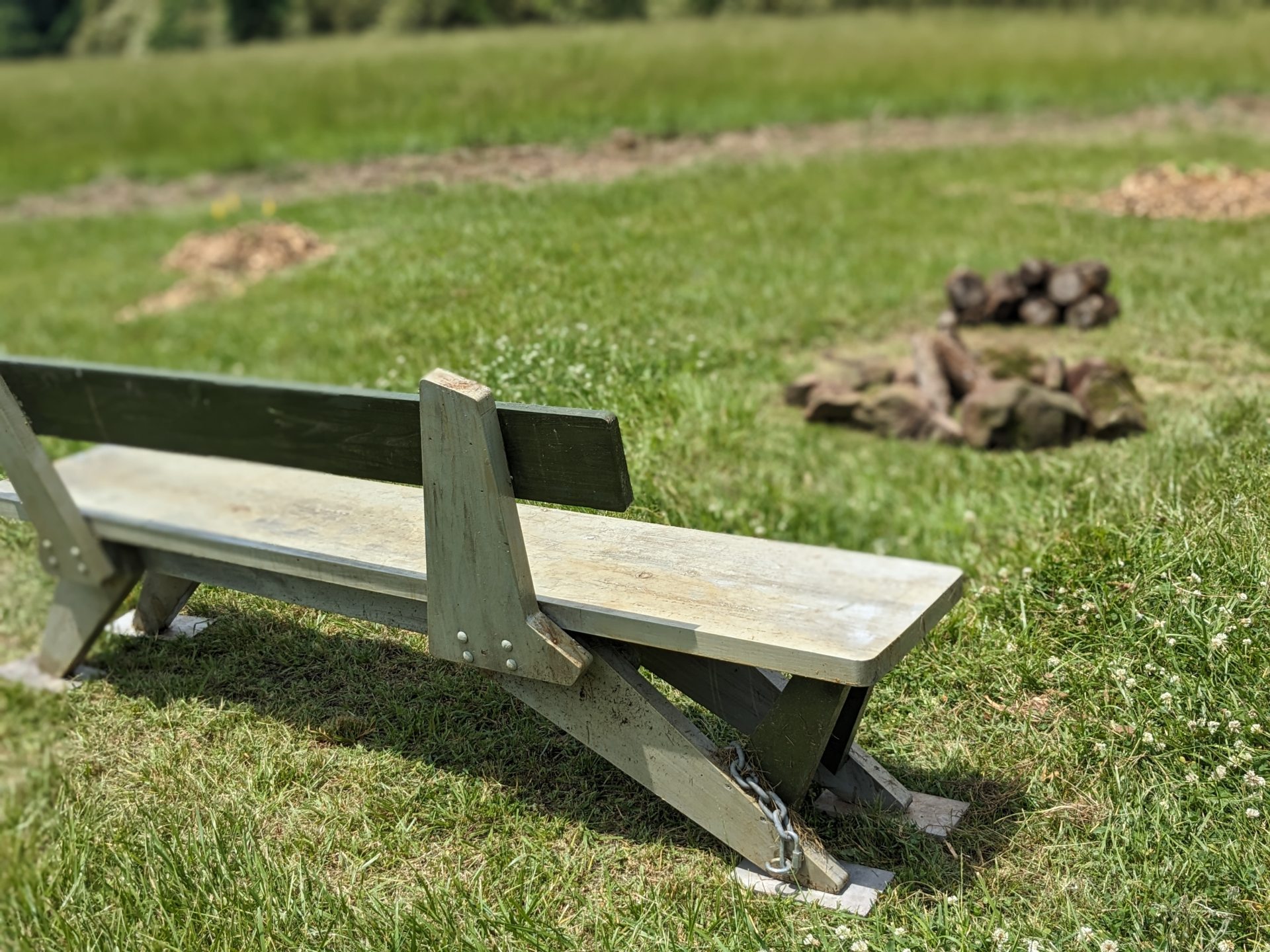

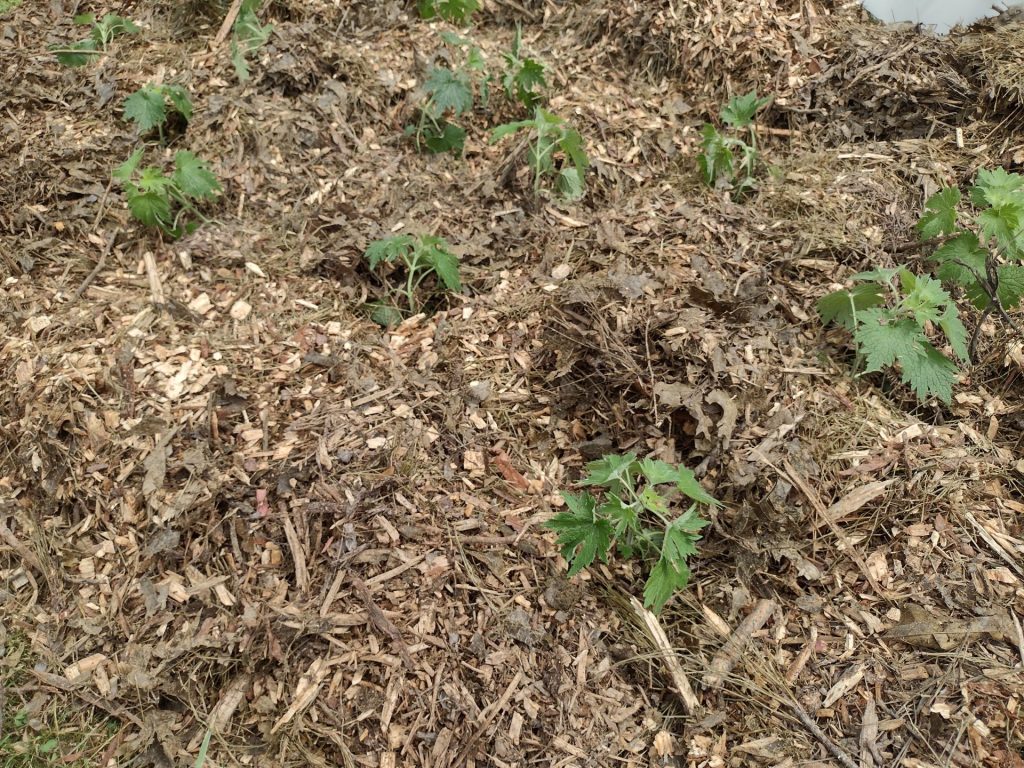
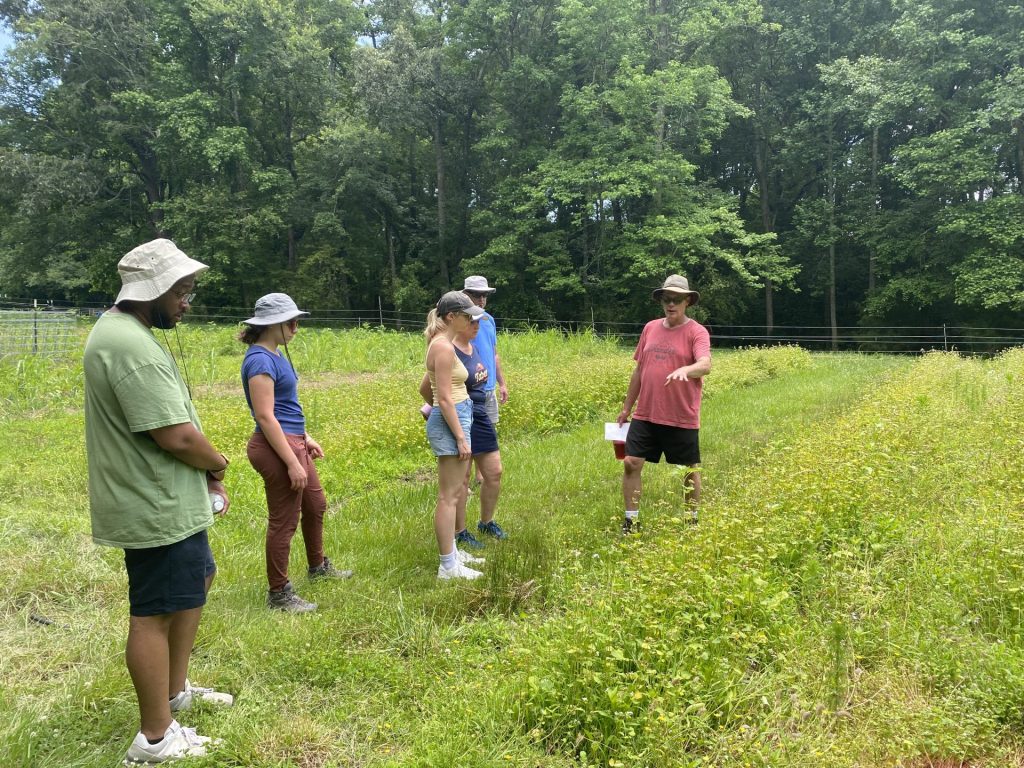





















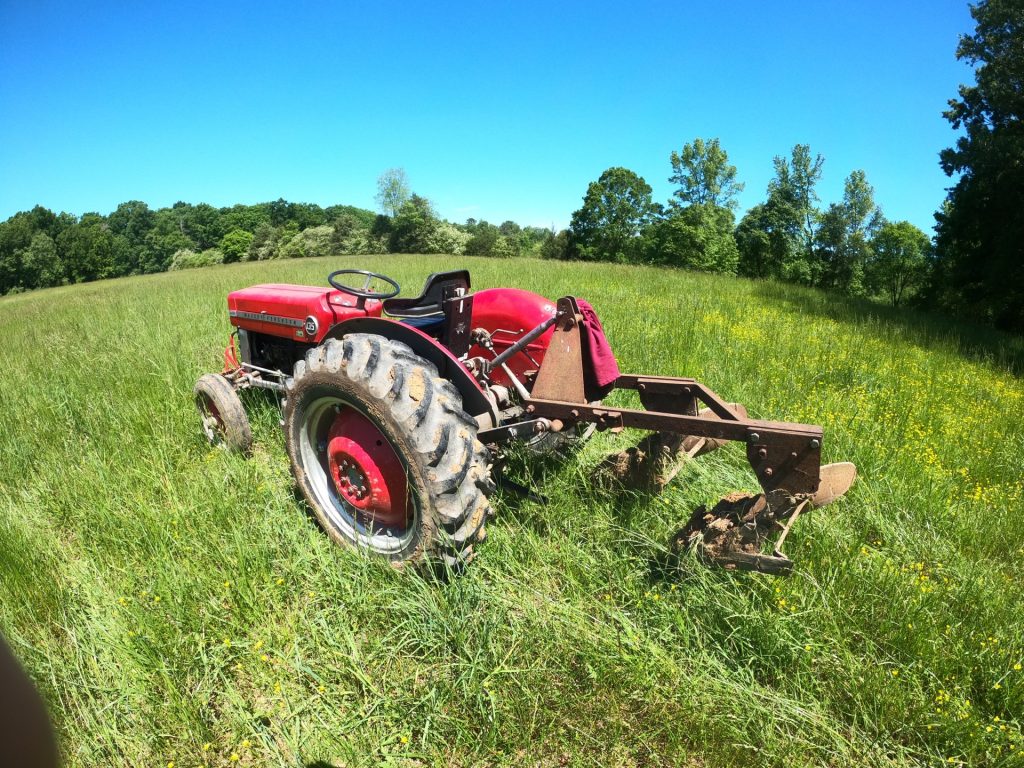

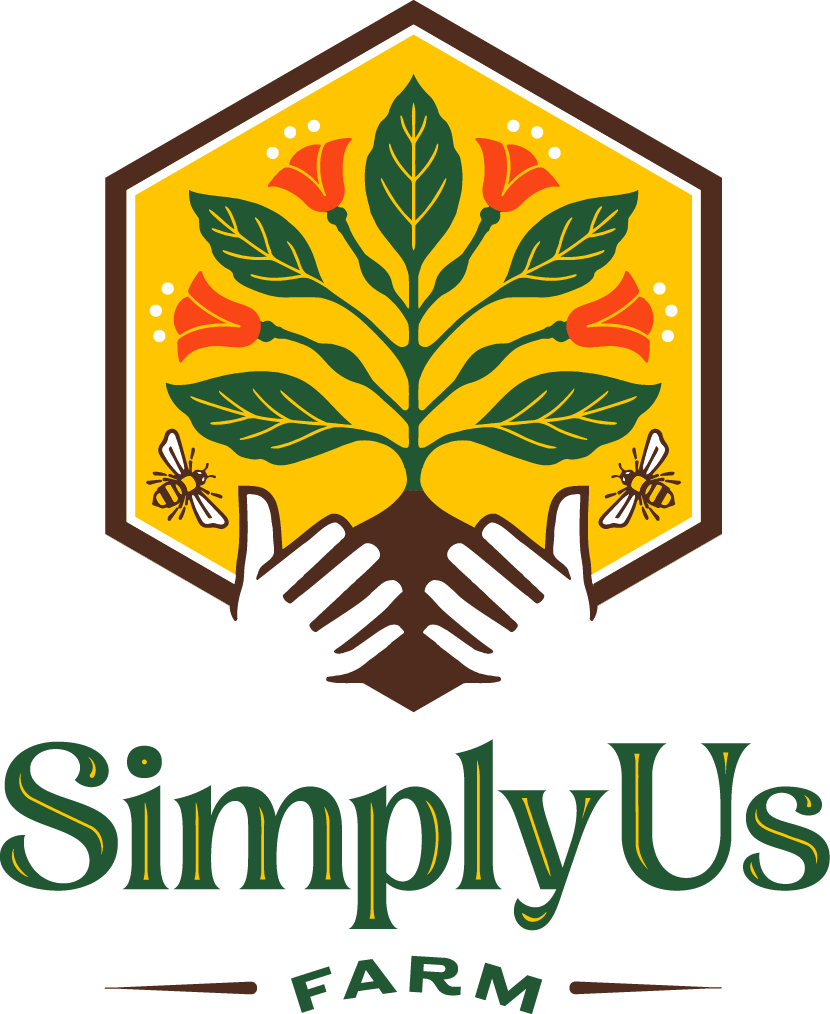
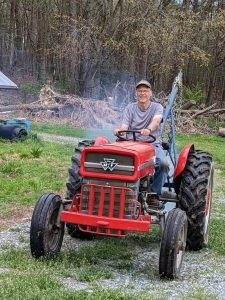 I’m a mechanical engineer turned weekend farmer, so I’m just smart enough to know that there is a lot that I don’t know especially when it comes to farming, permaculture and food forests. I’ve been heavily influenced in my love of farming and permaculture by my Mom and Dad and also by people like
I’m a mechanical engineer turned weekend farmer, so I’m just smart enough to know that there is a lot that I don’t know especially when it comes to farming, permaculture and food forests. I’ve been heavily influenced in my love of farming and permaculture by my Mom and Dad and also by people like 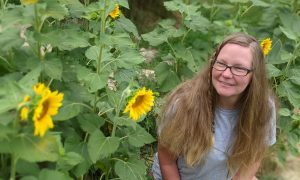 Connie has her certificate in Sustainable Agriculture from CCCC. She really enjoyed the classes at the community college and learned a lot. The program was a mixture of classes and work on the school farm. What she learned has really added to our technical proficiency on the farm.
Connie has her certificate in Sustainable Agriculture from CCCC. She really enjoyed the classes at the community college and learned a lot. The program was a mixture of classes and work on the school farm. What she learned has really added to our technical proficiency on the farm.